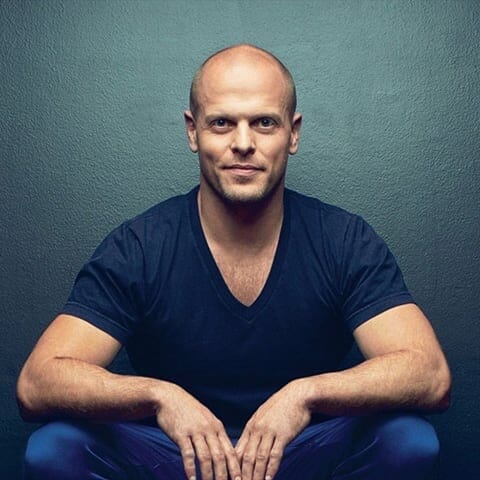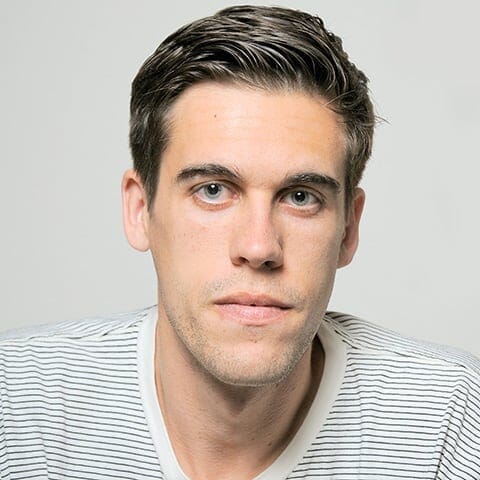 author
authorDidier Sornette
Didier Sornette (born June 25, 1957 in Paris) is a French researcher studying subjects including complex systems and risk management. He is Professor on the Chair of Entrepreneurial Risks at the Swiss Federal Institute of Technology Zurich (ETH Zurich) and is also a professor of the Swiss Finance Institute, He was previously a Professor of Geophysics at UCLA, Los Angeles California (1996–2006) and a Research Professor at the French National Centre for Scientific Research (1981–2006).
With his long-time collaborator Dr. Guy Ouillon, Sornette has been leading a research group on the “Physics of earthquakes” over the last 25 years. The group is active in the modelling of earthquakes, landslides, and other natural hazards, combining concepts and tools from statistical physics, statistics, tectonics, seismology and more. First located at the Laboratory of Condensed Matter Physics (University of Nice, France), then at the Earth and Space Department (UCLA, USA), the group is now at ETH-Zurich (Switzerland) since March 2006.
The group has tackled the problem of earthquake and rupture prediction since the mid-90s within the broader physical concept of critical phenomena. Considering rupture as a second-order phase transition, this predicts that, approaching rupture, the spatial correlation length of stress and damage increases. This in turn leads to a power-law acceleration of moment and strain release, up to the macroscopic failure time of the sample (i.e. a large earthquake in nature).
This prediction has been checked on various natural and industrial/laboratory data, over a wide spectrum of different scales (laboratory samples, mines, California earthquakes catalog), and under different loading conditions of the system (constant stress rate, constant strain rate). The most puzzling observation is that the critical power-law rate acceleration is decorated by log-periodic oscillations, suggesting a universal ratio close to 2.2.
The existence of such oscillations stems from interactions between seismogenic structures (see below for the case of faults and fractures), but also offers a better constraint to identify areas within which a large event may occur. The concept of critical piezo-electricity in polycrystals has been applied to the Earth's crust.
Best author’s book



Written books
1



















